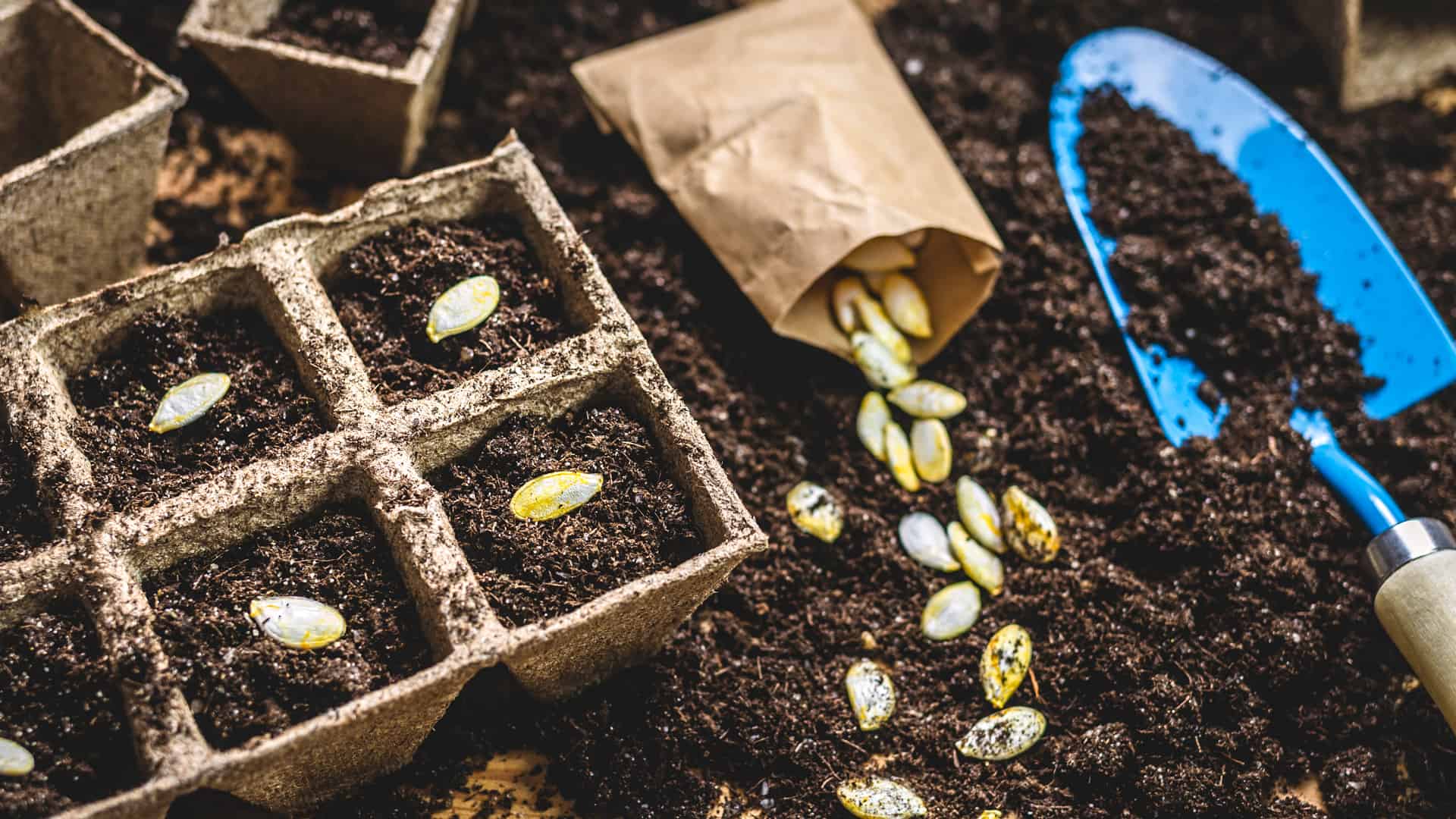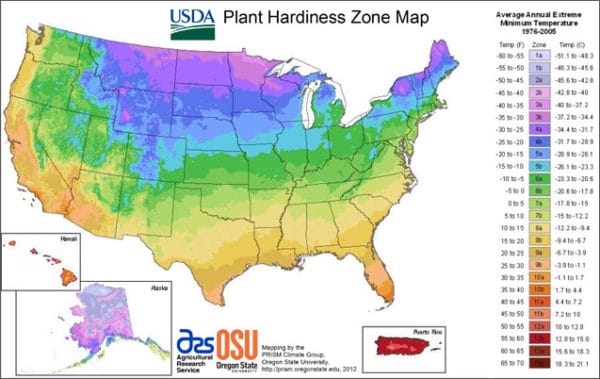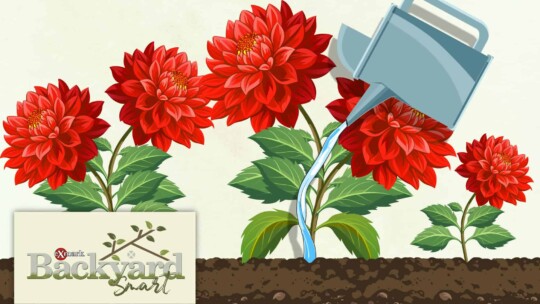
Winter still has a hold over the country, but spring (and warmer weather) will be here before you know it. Plus, it’s never too early to start planning out and gathering all the materials for your dream garden. So, follow along in this Backyard Life article to get the lowdown on when to start your seeds indoors, so you can hit the ground running once growing season rolls around.
Benefits of Starting Seeds Early
Before we jump into the “when” of starting seeds, let’s touch on the “why” first. Sowing your seeds early gives you even more control over your harvest—allowing you to choose when your plants mature fully, helping you protect them from pests and diseases, and letting you control all the conditions they need to survive. And, starting from seeds not only saves you money, but helps you sow a wider variety of plants that are typically not found as starters in garden centers.
It also helps you get a head start on the headaches of growing season. With it, you’re able to plan out your garden more effectively and get even more out of it by following your first crop with future waves. To top it all off, you can kick out those winter blues and get a nice mental boost while it’s still chilly outside by enjoying a slice of that backyard life even earlier.
When To Start Indoors
The general rule of thumb for starting seeds is to have them sown indoors about six to eight weeks before last frost. Of course, like most everything else, there are plenty of exceptions. Smaller seeds take longer to germinate, and larger seeds don’t need as much time—in fact, some seeds do better when sown after last frost date. And some veggies—such as beets, peas, and okra—tend to do better when sown directly into the ground, instead of starting life indoors. So, make sure to read your seed packets to determine the proper germination time to help your sprouts thrive.
However, if you’re unsure about when to start your seeds, it’s always better to be later than never (or way too early)! Younger transplants are more adaptable and will make the move to your garden way more easily than older, overgrown ones. Check out this list for the lowdown on the start dates for almost every flower and veggie under the sun.

RECOMMENDED VIDEO:
Find Your Plant Hardiness Zone
When choosing what kind of plants to put down in their yard, most homeowners think of the what and the where. A beautiful plant in a prime location enhances curb appeal and even bragging rights. Less thought is given, however, to understanding your USDA plant hardiness zone, and all the ramifications that come with them. Watch this video to be sure you know your zone for gardening success.
Determining Last Frost Date
Last frost is the average last day where the minimum temperature is at freezing or below (so, at 32° F or less). This date typically arrives in March, but depending on where you live it can arrive as early as February or as late as April. As always, it’s best to do your research before you begin and know the local last frost date so you can get your seeds started on the right foot. There are plenty of online resources to help out—and the Farmer’s Almanac is as reliable as they come.
And that’s it! Now all there’s left to do is pick out your seeds and materials, read up on how to start your seeds indoors, and wait until last frost is only a month or two away. Your garden—and dinner table—will be bursting at the seams just in time for all your summer backyard gatherings.



